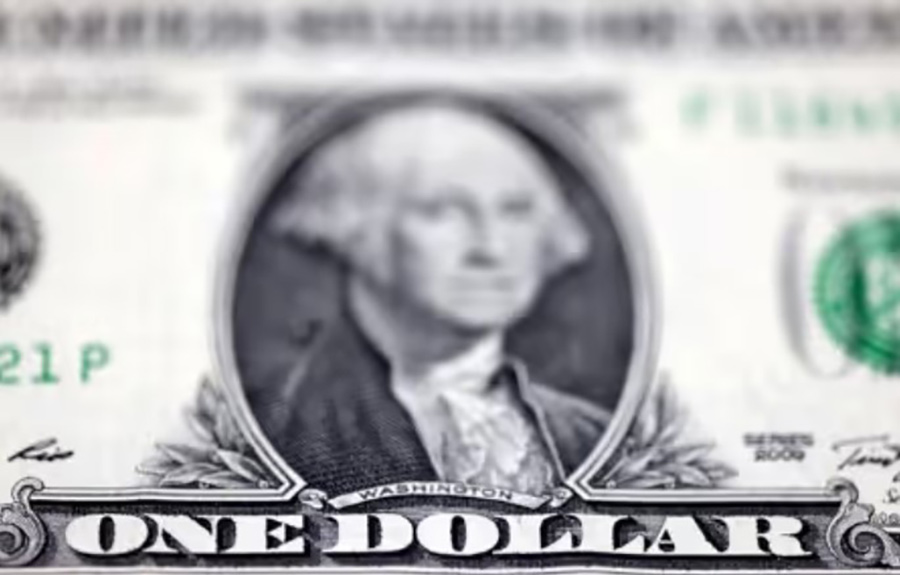NEW YORK- Expectations of another rate hike by the Federal Reserve to tame stubbornly high inflation helped push a closely watched part of the US Treasury yield curve to its deepest inversion since 1981, once again putting a spotlight on what many investors consider a time-honored recession signal.
The US central bank has hiked interest rates aggressively over the last year to fight inflation that hit around 40-year highs and remains above its 2 percent target rate.
The yield curve inverts when shorter-dated Treasuries have higher returns than longer-term ones. It suggests that while investors expect interest rates to rise in the near term, they believe that higher borrowing costs will eventually hurt the economy, forcing the Fed to later ease monetary policy.
The phenomenon is closely watched by investors as it has preceded past recessions.
The yield curve briefly inverted to 42-year lows Monday as investors increasingly expect the Fed to raise its benchmark borrowing rates to keep inflation in check. Rate futures markets reflect a greater than 80 percent chance of a quarter-point hike later this month but much less conviction the Fed will proceed beyond that, even though Fed officials said in June a second quarter-point increase was likely by year end.
The two-year US Treasury yield, which typically moves in step with interest rate expectations, was down 2.7 basis points at 4.850 percent Monday. The yield on 10-year Treasury notes was down 3.9 basis points at 3.780 percent.
The yield curve, which plots the return on all Treasury securities, typically slopes upward as the payout increases with the duration. Yields move inversely to prices.
A steepening curve typically signals expectations for stronger economic activity, higher inflation and higher interest rates. A flattening curve can mean investors expect near-term rate hikes and are pessimistic about economic growth.
Investors watch parts of the yield curve as recession indicators, primarily the spread between three-month Treasury bills and 10-year notes, and the two- to 10-year (2/10) segment
Yields on two-year Treasuries have been above those of 10-year Treasuries since last July.
That inversion briefly reached negative 109.50 basis points on Monday as shorter term yields fell less than longer-dated ones, creating the largest gap between shorter-dated and longer-term yields since 1981. At that time, the economy was in the early months of a recession that would last until November 1982, becoming what was then the worst economic decline since the Great Depression.
“It’s not unusual to get a yield curve inversion but it is unusual to get one of this magnitude. We haven’t seen one like this in quite a while,” said Brian Jacobsen, senior investment strategist at Allspring Global Investments.




